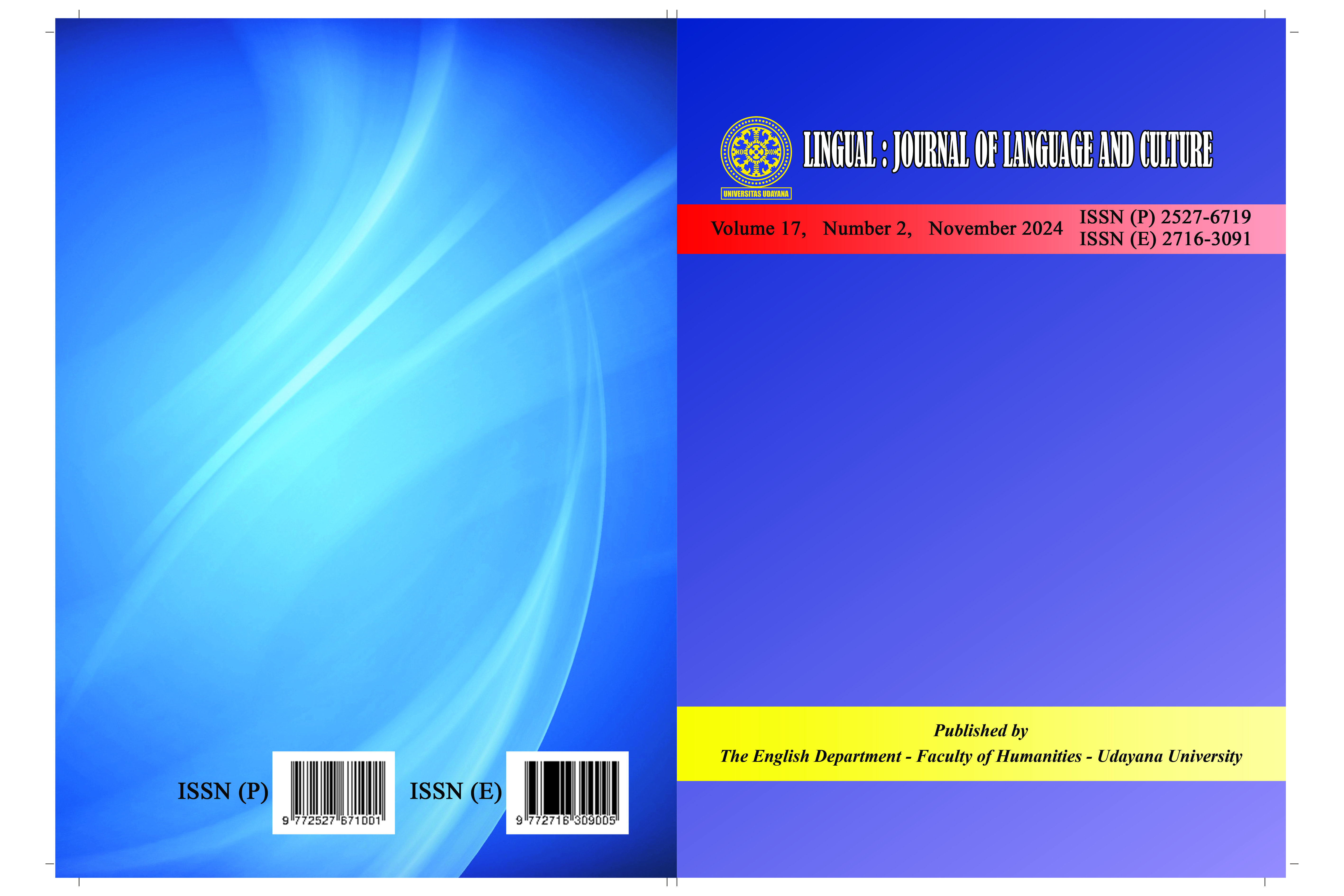Paired Sample T-Test on English-Indonesian Translation by EFL Students Before and After Knowing Translation Process
Abstract
Translation studies on translation quality should not be limited to the level of the product-oriented; it can also be associated with the translator, who simultaneously represents an outcome of the translation training. This study connected applied translation studies, particularly translation training, with descriptive translation studies oriented toward the product. The research aimed to identify the differences in students' abilities in translating English-Indonesian texts before and after they acquire knowledge about the translation process applied with a task-based teaching method adapted from Silva and Fernandes (2016). The subjects in this study were 19 students taking a translation course. Data collection involved pretest and post-test scores on English-Indonesian text by the EFL students. The pretest scores were taken from (Suyasa et al., 2023). The post-test scores were taken by providing translation tests from English into Indonesian after giving the translation process model by Bell (1991). The translation results were then scored based on Larson's theory (1989) with the assistance of two translation experts based on the rubrics provided. The scores of the students’ translations, which served as the data in this study, were then analysed quantitatively. The translation scores before and after implementing the task-based teaching method were analysed using the t-test statistical method to find out the significance level of knowing the translation process model in improving EFL student translation competence. The t-test analysis results showed that the sig. (2-tailed) value was 0.00. This value was smaller than the critical value (0.05). Therefore, it can be concluded that translation process knowledge given using the task-based teaching method is an effective approach for improving students' knowledge of the translation process model, which in turn boosts their translation competence.












